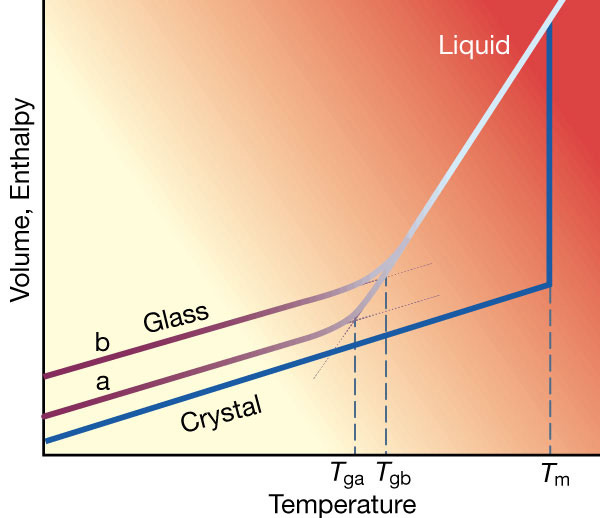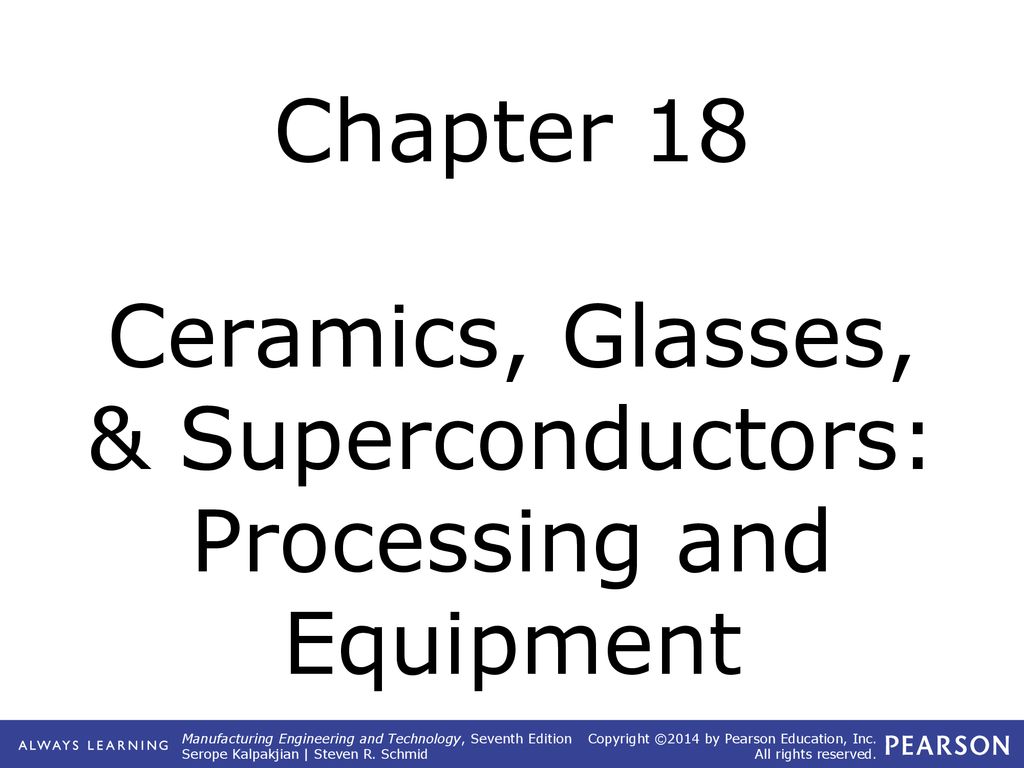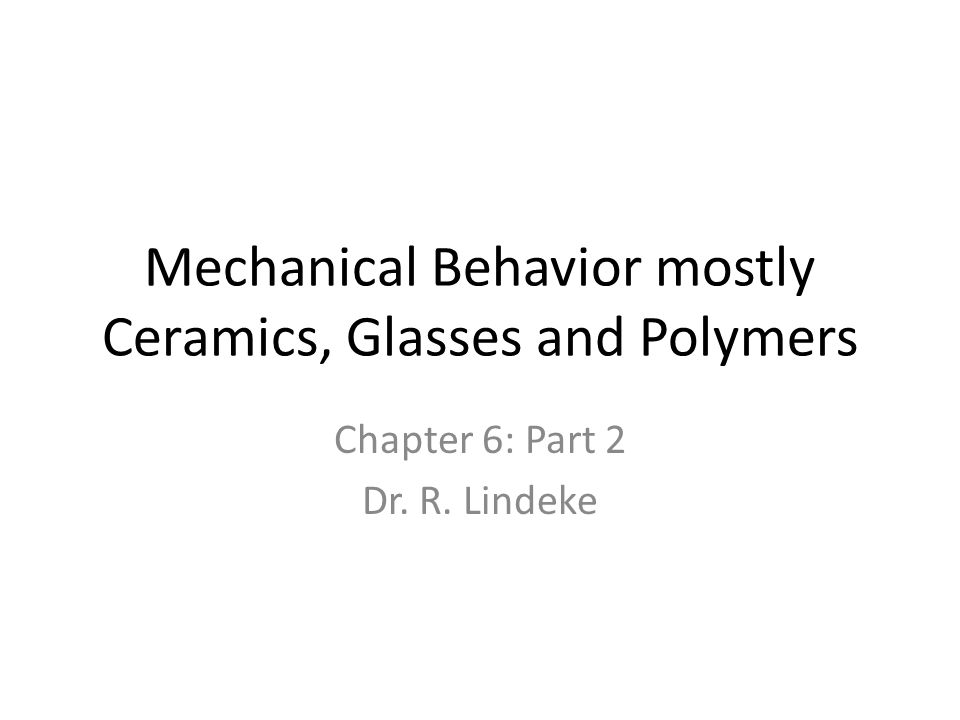With the wide usage of glass products for different applications it is necessary to test the properties of the glasses such as impact resistance strength breaking strength transparency.
What controls the strength of ceramics and glasses.
Glass ceramics are polycrystalline materials produced through controlled crystallization of base glass.
Unlike ductile metals which can typically undergo ductile fracture even when small or sometimes large defects are.
Ceramics and glasses are radically different materials than metals but are close cousins to each other.
This is due to the concentration of stress formed by the flaws.
This treatment results in a controlled nucleation and crystallisation of the glass.
These high strength bonds give rise to the special characteristics of these materials.
The glass partially crystallises.
What determines or controls the strength of ceramics and glasses.
Thaskeland 4 ed 6 47.
This non alkali glass ceramic combines high electrical resistivity see table 4 with high mechanical strength see table 3 and moderately low thermal expansion see table 2.
Glass ceramics combine the properties of glasses with the benefits of conventional sintered ceramics.
The properties and the processing of ceramics are largely affected by their grain sizes and shapes and characteristics such as density hardness mechanical strength and optical properties strongly correlate with the microstructure of the sintered piece.
Most commonly they are manufactured in a process in which a pre manufactured glass is subjected to a specific heat treatment.
Glasses come under the category of brittle materials which are highly susceptible to fracture even when there is a presence of small defects in the material.
The strength of ceramics and glasses is determined primarily by the size and distribution of defects in the material.
Ceramics are crystalline while glasses are amorphous.
Glasses or ceramics are used for the construction and furnishing decoration medical equipment beakers in laboratories and for various other purposes.
Both typically exhibit high strength high hardness high elastic modulus unusually high chemical inertness and are electrical and thermal insulators.
They occupy a unique place in the spectrum of engineered materials offering many desirable alternatives.
Glass ceramics in the mgo al 2 o 3 sio 2 system found one of the earliest applications for a glass ceramic as a radome or missile nose cone.
Ceramics are crystalline materials produced from clay and other minerals whereas glass is amorphous materials belongs to ceramics strength of the ceramic materials and glasses is primarily affected by the size of material and surface defects as the ceramics and glasses are brittle materials they are highly prone to the fracture due to uneven stress concentration stress concentration in.








.jpg)



















